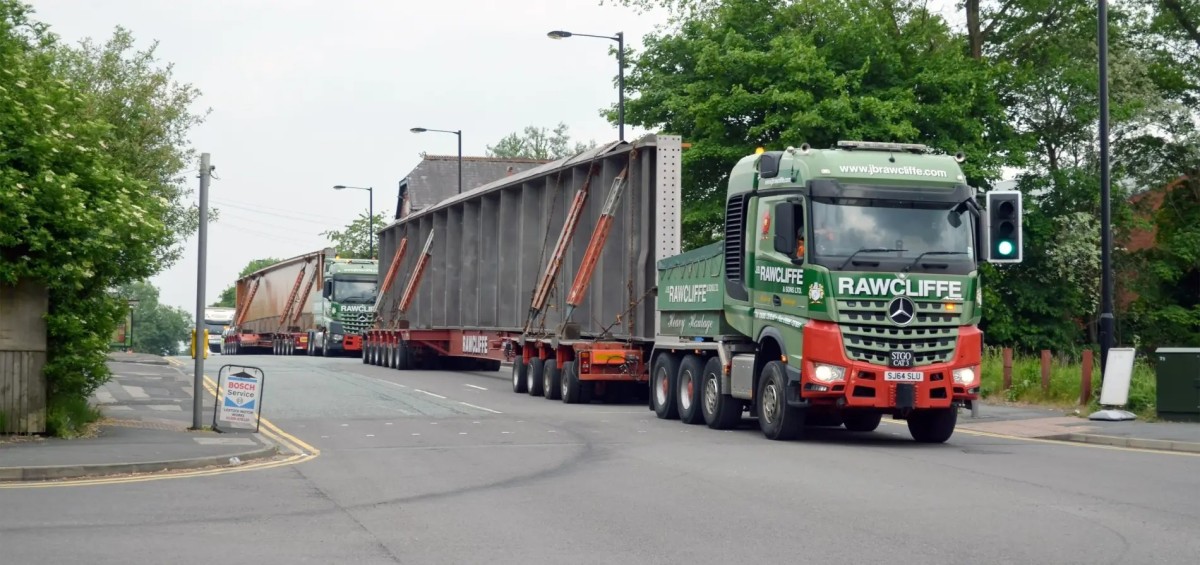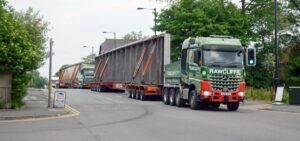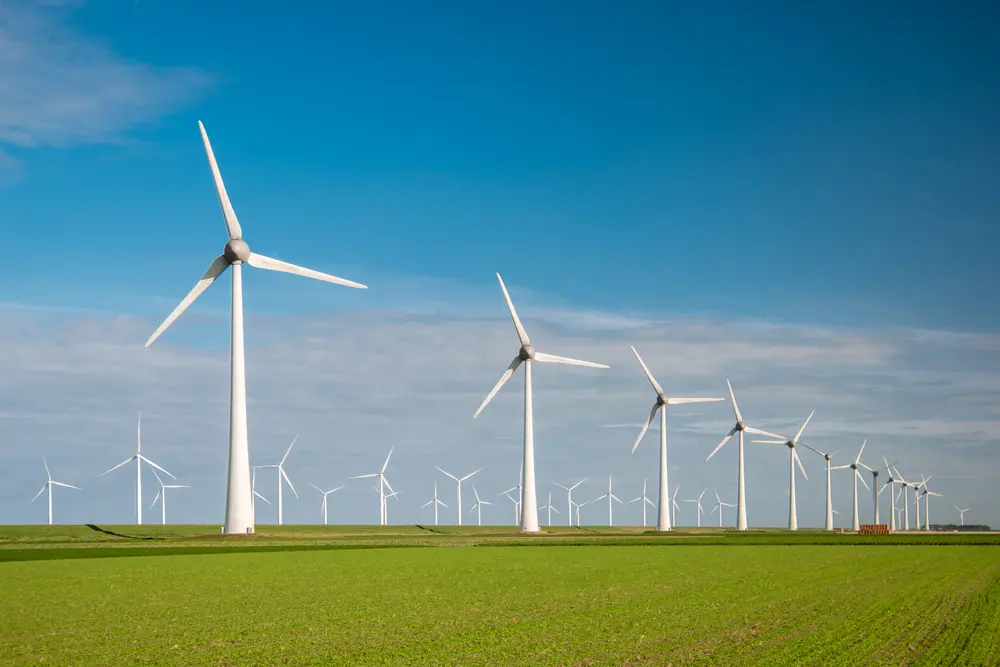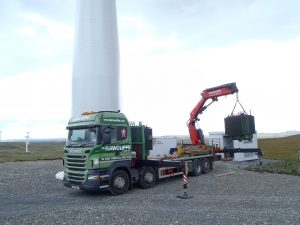Archives: Blog

What Is Heavy Plant Haulage? Everything You Need to Know
When it comes to construction, infrastructure, and large-scale projects, transporting heavy machinery safely and efficiently is critical. That’s where heavy plant haulage comes in.
But what exactly does it involve, and why is it essential for businesses in the construction and engineering sectors? Let’s break it down.
What Is Heavy Plant Haulage?
Heavy plant haulage refers to the transportation of large, heavy machinery such as excavators, bulldozers, cranes, and other construction equipment. These vehicles are often too large or heavy to travel on public roads without special arrangements, so professional haulage services are required to move them safely from one site to another.
Heavy plant haulage isn’t just about driving big machines from point A to point B – it requires specialised vehicles, careful planning, and adherence to safety regulations to ensure the machinery and public are protected.
Why Heavy Plant Haulage Is Important
- Safety – Moving large machinery without professional expertise can be dangerous. Heavy plant haulage ensures equipment is secured and transported safely.
- Efficiency – Professionals plan routes, permits, and logistics, reducing downtime and keeping projects on schedule.
- Compliance – There are strict regulations around the transport of oversized loads. Using a licensed haulage company guarantees legal compliance.
- Cost-Effectiveness – Attempting to move heavy machinery in-house can result in delays, fines, or damage. Outsourcing to a specialist is often the most economical solution.

How Heavy Plant Haulage Works
Professional heavy plant haulage companies follow a structured process:
- Assessment of Equipment – Measuring size, weight, and transport requirements.
- Route Planning – Identifying the safest, most efficient route, considering road restrictions and height/weight limits.
- Loading & Securing – Using specialised trailers and securing methods to prevent shifting during transit.
- Transport & Delivery – Expert drivers move the machinery safely to the destination.
- Unloading & Handover – Ensuring the equipment is delivered and positioned safely at the site.
This level of expertise is crucial for preventing damage to the machinery, infrastructure, and public roads.
When Do You Need Heavy Plant Haulage?
Heavy plant haulage is typically required for:
- Moving construction machinery between sites
- Transporting mining or agricultural equipment
- Relocating industrial machinery for refurbishment or resale
- Large-scale infrastructure projects requiring multiple heavy machines
If your business operates with any of these machines, professional haulage services are not just a convenience – they are a necessity.
Choose Professional Heavy Haulage Services
At JB Rawcliffe, we specialise in heavy haulage and plant transportation. Our experienced team provides tailored solutions to move your machinery safely and efficiently.
With the right partner, heavy plant haulage becomes a seamless part of your project logistics – ensuring equipment arrives on time, on budget, and without unnecessary risk.
Ready to discover our expert heavy plant haulage services? Get in touch today.

Step-by-Step Guide to Moving an Abnormal Load in the UK
Wondering how you would even go about moving abnormal haulage?
Keep reading as the team at JB Rawcliffe break down their step-by-step guide to moving an abnormal load in the UK.

Step 1: Assess the Load
Assessing the load determines whether or not it’s technically classified as abnormal in the UK, which is usually classed as a load that is one of the following:
- Over 2.9 metres wide.
- Weighing over 44,000kg.
- An axle load of over 10,000kg for a non-driving axle, or 11,500kg for a single driving axle.
Your haulage team should assess your load to ensure correct classification for your transport planning.
Step 2: Plan the Route
Before any abnormal loads are moved throughout the UK, it’s vital that thorough investigations and route planning takes place. This will consider roads, bridges, and overhead clearances prior to the journey so that any complications can be solved and avoided.
This step also takes roadworks, timing restrictions, and local authority requirements into consideration to identify the safest and most efficient journey possible.
Step 3: Obtain any Necessary Permits
When moving an abnormal load, you can often expect to seek out necessary permits from the police and highway authorities as part of the process. When you trust in an abnormal load haulage provider, they will often take care of these steps for you as part of their service.
This step is crucial, you must comply with UK transport regulations or pose penalties and a risk to safety of yourself and others on the roads.

Step 4: Organising Escort Vehicles and Equipment
Some loads will need escort vehicles depending on a case-by-case basis. These vehicles can alert other road users of your presences and to provide an extra pair of eyes and hands.
Additionally, authorities deem abnormal loads as safer when travelling with an escort vehicle, meaning it can be used to seek approval faster.
Step 5: Transport and Delivery
Once all essential preparation has taken place, appropriate transportation can take place. Using skilled drivers and logistics specialists, an expert team can manage the move with ease and precision, from collection through to safe delivery.
Step 6: Aftercare
Once the abnormal load is successfully delivered, a good transport team will provide ongoing support afterwards to ensure every aspect of the move is aligned with your goals and expectations.
Get in touch with the experts
Here at JB Rawcliffe, our commitment to excellence and reliability is evident in every stage of specialist transport.
If you’re in need of abnormal load movement in the UK, you can put your trust in the experts at JB Rawcliffe, reaping the benefits of our commitment to safety and decades of experience.
Ready to discover our quality services? Contact our team today to learn more.

What is the Maximum Load a Low Loader Can Carry?
Are you looking for haulage for your business, but left wondering what a low loader trailer is, and the maximum weight it can carry?
Keep reading as we break down everything you need to know about this mode of haulage and how JB Rawcliffe can help.
What is a low loader trailer?
A low loader is a type of trailer which has an open, flat bed. Unlike other trailers, they usually sit closer to the ground and are manufactured to allow safer and easier transport. A semi low loader usually sits slightly higher up. This also means you’re less likely to have to worry about height restrictions.
It’s incredibly strong – perfect for transporting tall or heavy equipment or haulage that a regular trailer wouldn’t be able to manage.

What loads can low loaders carry?
Low loaders are incredibly sturdy and robust, with the ability to potentially carry considerable weights.
Examples of loads they can accommodate include:
- Construction and agricultural equipment
- Industrial and heavy machinery
- Vehicles
However, their exact specifications, or payload, depend on the low loader’s axles.
A guide to the axle low loader
If you want to understand low loaders and their capacities, you need to understand axles – so let’s start there.
An axle is a component which connects a pair of wheels. So, when a trailer has a higher number of axles, it generally has the capacity to distribute a heavier weight.
Typically, a rough guide would allow 30-40 tonnes for a two-axle low loader, 40-80 for three, and up to 120 tonnes for four.
However, each vehicle is different. For more information on haulage requirements, you can get in touch with our knowledgeable team.

Why choose JB Rawcliffe for low loader trailers?
Here at JB Rawcliffe, we’re home to a comprehensive range of haulage fleets available to hire. Whatever your project, from abnormal load transport to heavy goods storage and vehicle accident recovery, we’ll have an abundance of options to suit the needs of you and your business.
We’re leaders in transport and offer our services throughout the UK, including a breadth of major commercial hubs like London, Birmingham, Manchester, and Leeds, to name a few. JB Rawcliffe has over 45 years of experience, so you can put your trust in us to deliver an excellent service every time.
Our team also understands that haulage can be a minefield for those who aren’t totally familiar with the industry. So, when you choose us, you’ll receive a bespoke plan with all legal requirements considered, so you can focus on running your business.
All you need to do is get in touch, and we’ll sort the rest!

Wind turbine transport: a comprehensive guide
With the need for renewable energy sources growing, the number of wind turbines is increasing every year.
But have you ever wondered how wind turbines are transported to wind farm sites?
Keep reading as we break down everything you need to know about wind turbine transportation.

What is a wind turbine?
A wind turbine is an excellent way to convert kinetic energy, in the form of wind, into electricity.
Turbines consist of three blades, which turn in the breeze, and create power using a generator. This is sometimes referred to as wind energy or wind power, and you can often spot them on land or in water.
Wind turbines are hugely popular as they’re a renewable source of energy, offering a more eco-friendly alternative to fossil fuels.
How do you transport a wind turbine to a wind farm site?
Wind turbines are often produced abroad and therefore require meticulously planned haulage.
On the road, they’re classified as heavy haulage, more specifically, abnormal load haulage.
What is abnormal haulage?
An abnormal load is often more than 2.9m wide or weighs more than 44,000kg. It also typically can’t be broken down into smaller pieces, or 2 or more loads without causing damage.
Wind turbines are so large and indivisible that they might not be able to fit on certain narrow roads or low bridges. Moving such huge machinery calls for careful planning, and you may even need to contact the authorities to ensure safety. It’s also essential that you comply with government rules and regulations.
Because of these unique factors, they can’t be transported using normal vehicles. This requires professional haulage fleets, specialised equipment, and experts.

How much does it cost?
Transporting such complicated freight can vary greatly in costs. Factors like distance, destination, the number of vehicles needed, the company you use, and what’s being transported can all affect the cost of haulage services.
Every project is different, so if you need a personalised quote, you can get in touch with the experts.
How big are turbine components?
Turbine components can massively differ in size, with wind turbine blades ranging anywhere from 0.5 to 15 metres long.
The average height of wind turbines and their separate components, like blades, is also increasing, which is projected to continue due to larger turbines generating much more energy. Because of this, size often varies on a case-by-case basis.

Why choose JB Rawcliffe when transporting wind turbines?
Here at JB Rawcliffe, we’re specialists in haulage services. Over the past 45 years, our projects have supported a range of industries including the construction, defence, marine, industrial, shipping, oil, and gas sectors.
We’re also proficient in a range of services across the UK, including abnormal load transport, heavy goods storage, machinery and cargo handling, and vehicle accident salvage and recovery.
Route planning when transporting such complex freight can be a minefield, which is why our team will take the reins on your project’s logistics, meticulously planning and fine-tuning every detail for you.
So, if you’re in need of friendly and professional haulage services from a knowledgeable team, get in touch with us today.
